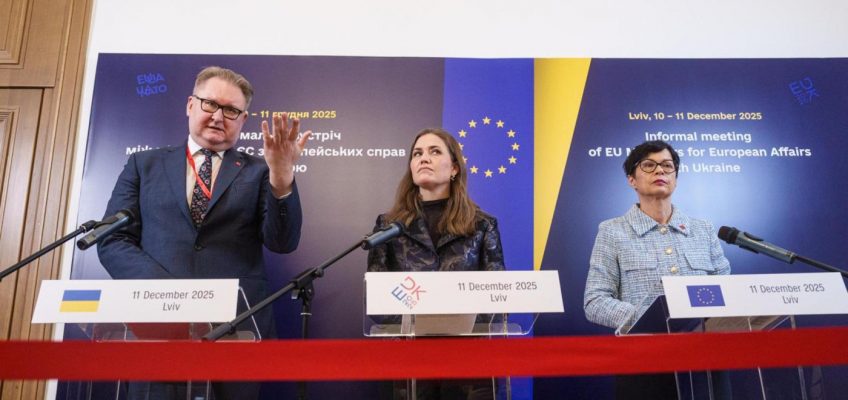By JOSH FUNK, AP Transportation Writer
Senators from both parties pushed Thursday for changes to a massive defense bill after crash investigators and victims’ families warned the legislation would undo key safety reforms stemming from a collision between an airliner and Army helicopter over Washington, D.C., that killed 67 people.
Related Articles
Over 400 civilians killed in fighting in eastern Congo, despite US-mediated peace deal
High-stakes Indiana redistricting vote tests Republican resistance to Trump’s demands
US farmers will get more money from Trump. They still have more problems
Senators clash over Trump’s National Guard deployments as military leaders face first questioning
Trump administration separates thousands of migrant families in the US
The head of the National Transportation Safety Board investigating the crash, a group of the victims’ family members and senators on the Commerce Committee all said the bill the House advanced Wednesday would make America’s skies less safe. It would allow the military to operate essentially the same way as it did before the January crash, which was the deadliest in more than two decades, they said.
Democratic Sen. Maria Cantwell and Republican Committee Chairman Sen. Ted Cruz filed two amendments Thursday to strip out the worrisome helicopter safety provisions and replace them with a bill they introduced last summer to strengthen requirements, but it’s not clear if Republican leadership will allow the National Defense Authorization Act to be changed at this stage because that would delay its passage.
“We owe it to the families to put into law actual safety improvements, not give the Department of Defense bigger loopholes to exploit,” the senators said.
Right now, the bill includes exceptions that would allow military helicopters to fly through the crowded airspace around the nation’s capital without using a key system called ADS-B to broadcast their locations just like they did before the January collision. The Federal Aviation Administration began requiring that in March. NTSB Chairwoman Jennifer Homendy called the bill a “significant safety setback” that is inviting a repeat of that disaster.
“It represents an unacceptable risk to the flying public, to commercial and military aircraft, crews and to the residents in the region,” Homendy said. “It’s also an unthinkable dismissal of our investigation and of 67 families … who lost loved ones in a tragedy that was entirely preventable. This is shameful.”
The military used national security waivers before the crash to skirt FAA safety requirements on the grounds that they worried about the security risks of disclosing their helicopters’ locations. Tim and Sheri Lilley, whose son Sam was the first officer on the American Airlines jet, said this bill only adds “a window dressing fix that would continue to allow for the setting aside of requirements with nothing more than a cursory risk assessment.”
Homendy said it would be ridiculous to entrust the military with assessing the safety risks when they aren’t the experts, and neither the Army nor the FAA noticed 85 close calls around Ronald Reagan National Airport in the years before the crash. She said the military doesn’t know how to do that kind of risk assessment, adding that no one writing the bill bothered to consult the experts at the NTSB who do know.
The White House and military didn’t immediately respond Thursday to questions about these safety concerns. But earlier this week Trump made it clear that he wants to sign the National Defense Authorization Act because it advances a number of his priorities and provides a 3.8% pay raise for many military members.
The Senate is expected to take up the bill next week, and it appears unlikely that any final changes will be made. But Congress is leaving for a holiday break at the end of the week, and the defense bill is considered something that must pass by the end of the year.
But Senate Majority Leader Sen. John Thune, a Republican, didn’t immediately respond to questions about whether he will allow any amendments to the bill to be considered.




